
The Wondiwoi Tree Kangaroo Returns After Nearly a Century of Silence
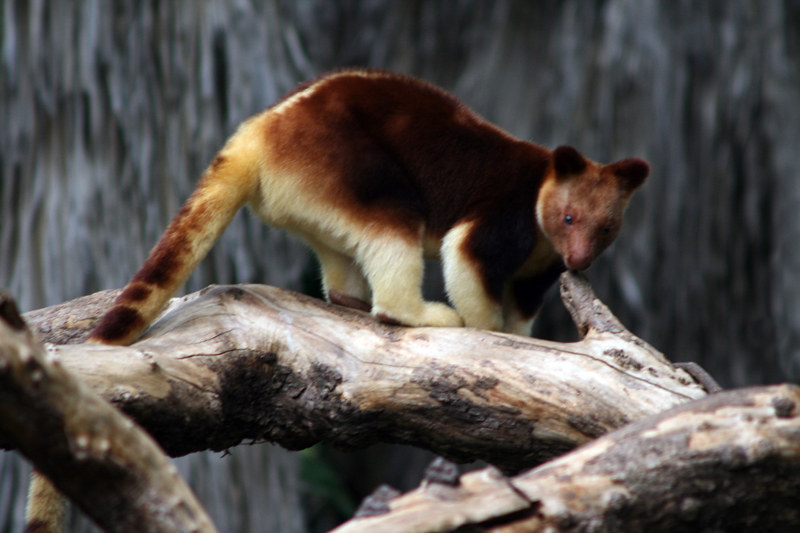
The Wondiwoi Tree Kangaroo: A Lost Legend Returns from the Mist
For generations, the Wondiwoi tree kangaroo existed more as rumor than reality. Naturalists spoke of it in hushed tones, a creature seen once and then folded into the pages of history. With no confirmed sightings for nearly a hundred years, it slipped into the category of the forgotten. That changed when the misty Wondiwoi Mountains of West Papua, Indonesia, revealed their secret. What was long considered lost has stepped back into view, reminding us how much of Earth’s story remains unwritten—and how fragile that story truly is.
From Discovery to Disappearance
When German zoologist Ernst Mayr first documented the Wondiwoi tree kangaroo in 1928, he could not have known that his brief encounter would echo across nearly a century of mystery. A single specimen was collected, studied, and entered into the scientific record. Then, silence. No photographs, no further specimens, no reliable sightings followed. The animal simply vanished into the dense green folds of Papua’s highland forests.
The Wondiwoi Mountains themselves added to the enigma. Remote, mist-cloaked, and steeply ridged, they resisted exploration by even the most determined biologists. Without new information, scientists gradually reclassified the Wondiwoi as “possibly extinct,” assuming that habitat loss, hunting, or ecological disruption had claimed yet another species. Over time, it became more myth than mammal—a whispered symbol of how easily nature’s rarest wonders can slip from existence without notice.
A Chance Encounter Becomes History

The story might have ended there if not for the perseverance of one individual. In 2018, British naturalist Michael Smith set out alone into the isolated Wondiwoi Mountains, armed with determination, a camera, and a deep curiosity. His goal was simple but audacious: to find evidence that the Wondiwoi still lived.
Navigating through trackless forest and steep terrain, Smith ventured into landscapes so remote that few outsiders had ever seen them. Then came the breakthrough. High in the canopy, a golden-furred animal moved gracefully between branches. Smith raised his camera—and captured the first photographic proof in nearly a century that the Wondiwoi tree kangaroo had survived.
The images showed more than a living creature; they revealed vitality, adaptability, and endurance. To scientists, this was definitive evidence that the species had persisted against all odds. To the world, it was a moment of awe—a testament to nature’s resilience and a vivid reminder that hope can still emerge from the most forgotten corners of the planet.
The Rare Adaptations of a Hidden Survivor
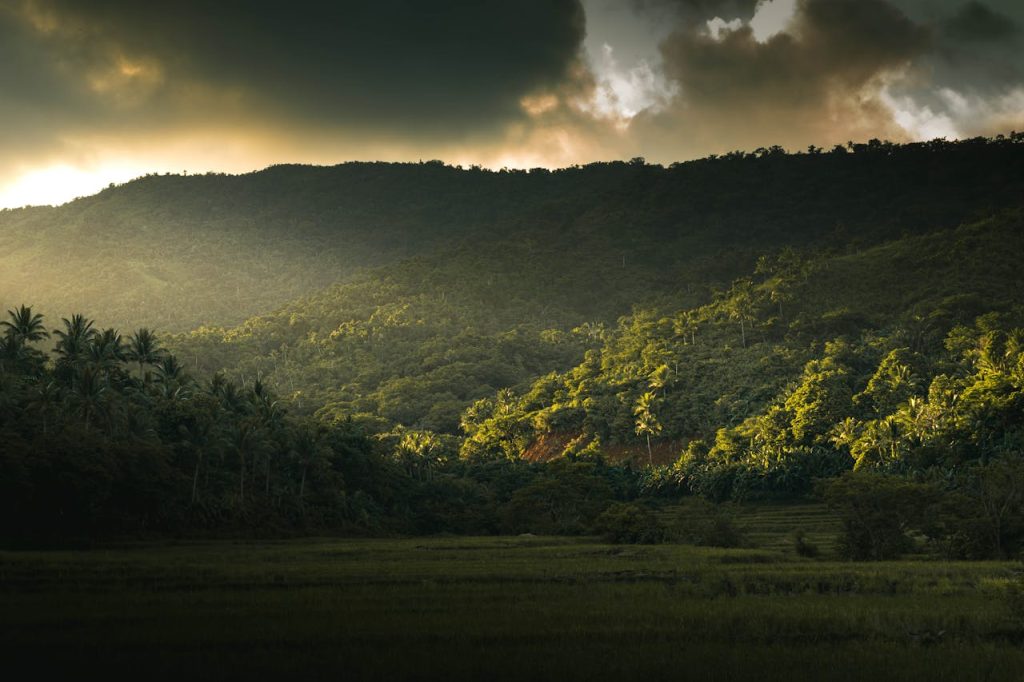
Tree kangaroos already occupy a unique niche among marsupials, bridging the familiar image of ground-dwelling kangaroos with an arboreal lifestyle. Yet the Wondiwoi is even more specialized. Its powerful forelimbs and curved claws allow it to grip and scale trees with astonishing precision, while its long prehensile tail provides balance as it leaps from branch to branch.
This animal is a true creature of the canopy. It feeds on leaves, shoots, and fruits found high above the forest floor, avoiding competition with ground-foraging species. Its golden fur, striking in close view, acts as camouflage against shifting sunlight filtering through the rainforest. This blend of beauty and adaptation has made it both elusive and perfectly suited to its treetop home.
But its strength is also its vulnerability. The Wondiwoi’s known range is confined to a single mountain massif, an island of habitat within a vast region increasingly threatened by logging and agricultural expansion. Its isolation has protected it from discovery—but also left it dangerously exposed to even small disturbances. In the paradox of its survival lies a warning: the same remoteness that kept it hidden may one day hasten its loss.
Celebration Meets Uncertainty
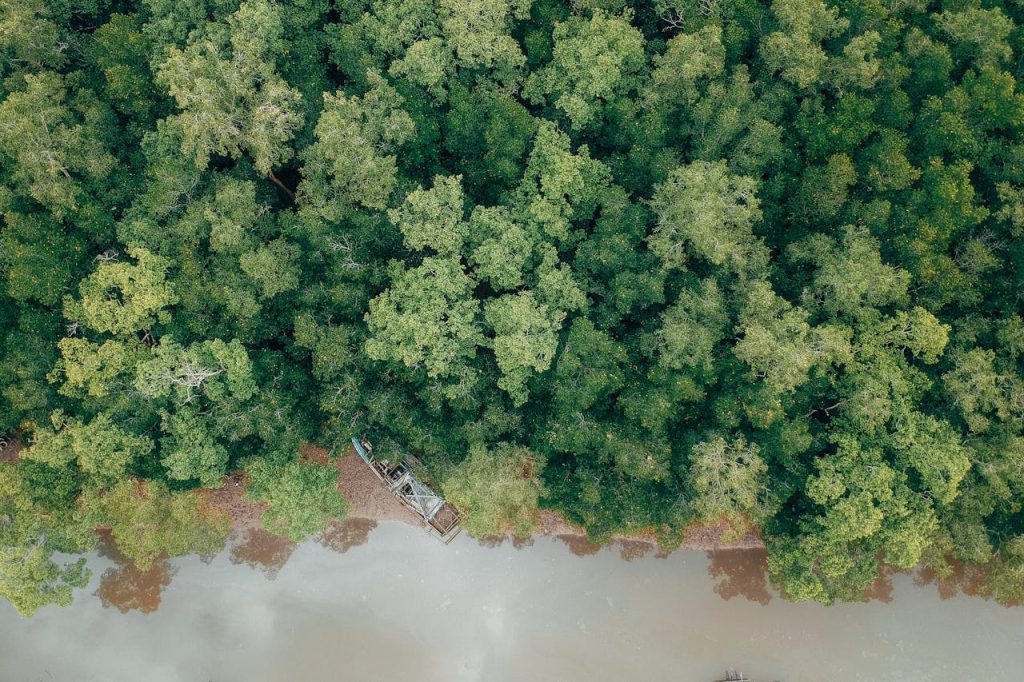
The rediscovery of the Wondiwoi tree kangaroo was rightly celebrated as a triumph for biodiversity. Yet scientists caution that rediscovery is not the same as recovery. The forests of West Papua, though remote, are facing intensifying pressure from human activity—timber extraction, mining projects, and plantation agriculture. In such a confined habitat, even minor incursions can have devastating effects.
No one knows how many Wondiwois remain, or how fragmented their population might be. Without baseline data, it is impossible to gauge whether the species is stable or teetering on the brink. Conservationists are calling for urgent ecological surveys, genetic studies, and the creation of community-based protection zones. If immediate action is not taken, the same forces that nearly erased this species could erase it for good.
Local involvement is key. The people who live closest to the Wondiwoi’s habitat—Indigenous Papuan communities—hold generations of knowledge about these forests. Integrating that wisdom into conservation strategies may offer the best hope of balancing protection with sustainable livelihoods. The rediscovery, then, is not only a scientific event but a social one, opening the door for new partnerships between local and global conservation efforts.
Rediscovery as a Catalyst for Conservation

Beyond the excitement of the find, the Wondiwoi’s reappearance highlights a deeper truth about science communication: rediscoveries can reshape how the public perceives nature. For decades, environmental discourse has been dominated by loss, extinction, and decline. But stories like the Wondiwoi’s remind us that not all endings are final—and that curiosity, persistence, and respect for wilderness can still yield astonishing results.
Such moments rekindle a sense of wonder. They bridge the gap between researchers and the public, inviting people to see conservation not as a grim duty but as a shared adventure. Rediscoveries give conservationists a powerful tool to inspire hope and motivate support, proving that the natural world is both more resilient and more delicate than we imagine.
Challenges of Protecting a Species Still in Mystery

Yet even now, the Wondiwoi remains shrouded in mystery. Scientists lack critical data: its population size, breeding habits, genetic health, and ecological role are all unknown. The species may inhabit only a few square kilometers, and without precise knowledge, conservation planning becomes guesswork.
Studying it is no easy task. The Wondiwoi’s arboreal nature keeps it high above the forest floor, while the region’s rugged geography limits access. Deploying camera traps, drones, and acoustic sensors will be essential to gather data without disturbing its fragile habitat. Protecting such an elusive species requires patience, funding, and a long-term commitment to field research—resources that are often scarce for remote biodiversity projects.
When Silence Speaks and Survival Answers
The return of the Wondiwoi tree kangaroo offers more than scientific validation; it offers perspective. For nearly a century, silence surrounded this species, and many assumed that silence meant extinction. But nature, it seems, sometimes prefers quiet endurance to dramatic disappearance.
Still, this rediscovery should not lull us into complacency. It is both a celebration and a summons. The same human activities that threaten forests across the tropics—deforestation, hunting, and climate change—could just as easily silence the Wondiwoi once more. Whether this fragile victory endures depends on the choices humanity makes now.
In the end, the Wondiwoi’s story is not just about survival. It is about humility—the recognition that vast portions of our planet remain unknown, and that what we consider “lost” may still be clinging to life beyond our sight. Its emergence from the mist invites us to look closer, act faster, and protect more fiercely. Because in saving the Wondiwoi, we are ultimately saving a part of ourselves—the part that still believes in wonder.
News in the same category


The Hidden Meaning Behind Tongue Piercings Most People Don’t Know

Scientists Create Revolutionary “Superwood” Stronger Than Steel and Completely Fireproof

Why do many men love married women more than single women?

5+ Things That Men Actually Notice About Women

This Is the Most Attractive Hobby a Man Can Have, According to Women

Pick The Underwear You Would Wear To Reveal What Kind Of Woman You Are
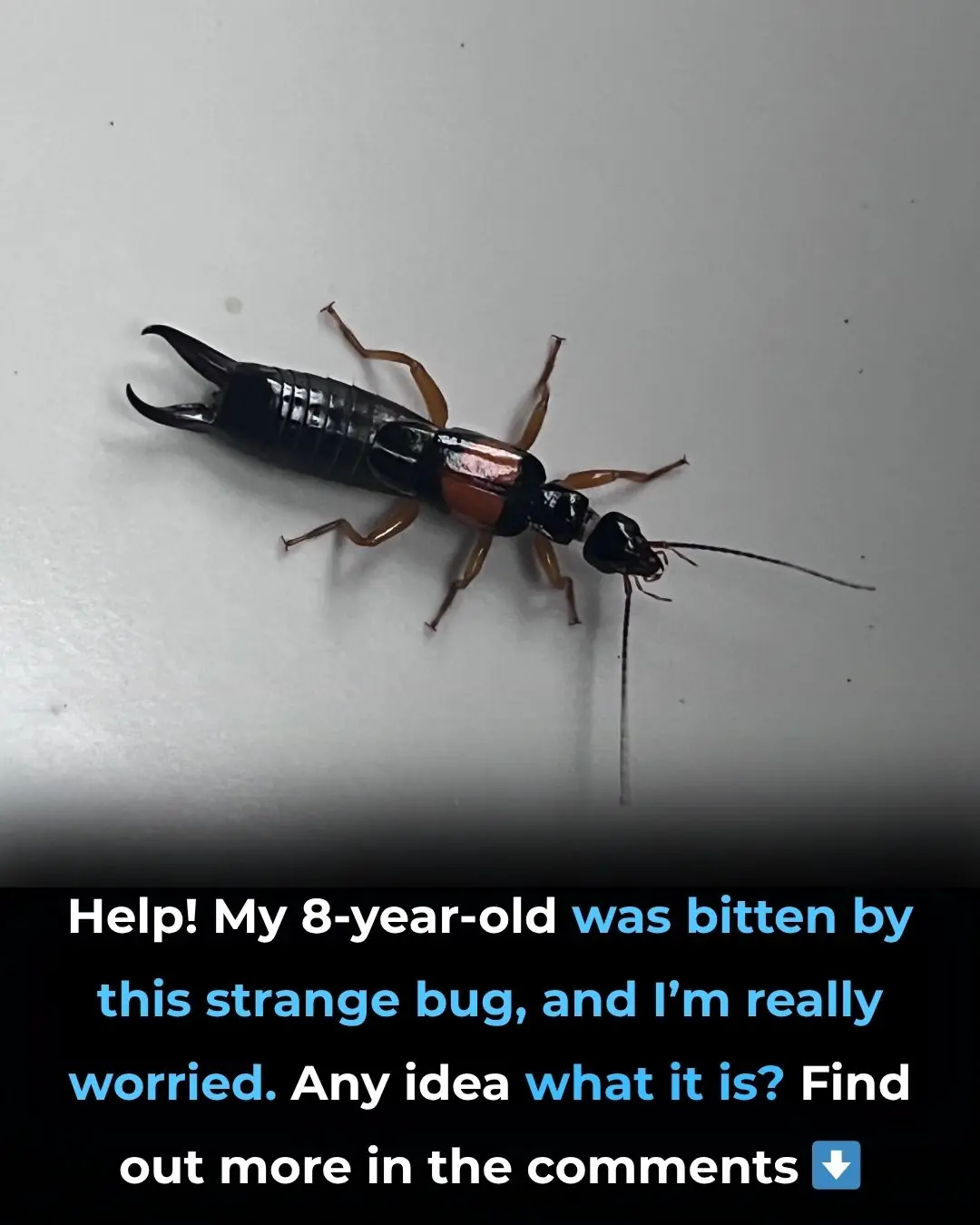
What to Do If Your Child Is Bitten by a Strange Bug

If you're caught Googling these four words Police may show up at your house

Fascinating animation reveals exactly how gas pumps know when to stop pouring gas

Elon Musk's Starlink satellites could be falling out of the sky

Expert issues chilling warning on Elon Musk's robots as billionaire plans to put them on Mars

Jeff Bezos sent a secret tourist into space and their identity is set to be revealed

Super typhoon set to send shockwaves through the US is just days away

Moon Meets Mars: A Dazzling Celestial Encounter on October 11, 2025

All DNA and RNA Bases Found in Meteorites: Life’s Origins May Be Cosmic

Did You Know? A Spider in Your Home Could Be a Powerful Sign

Which Chair Would You Choose

Why some men cheat but choose to stay in their marriage — the truth few understand
News Post

Garlic, tomatoes and cucumbers will grow rapidly. The most powerful fertilizer.
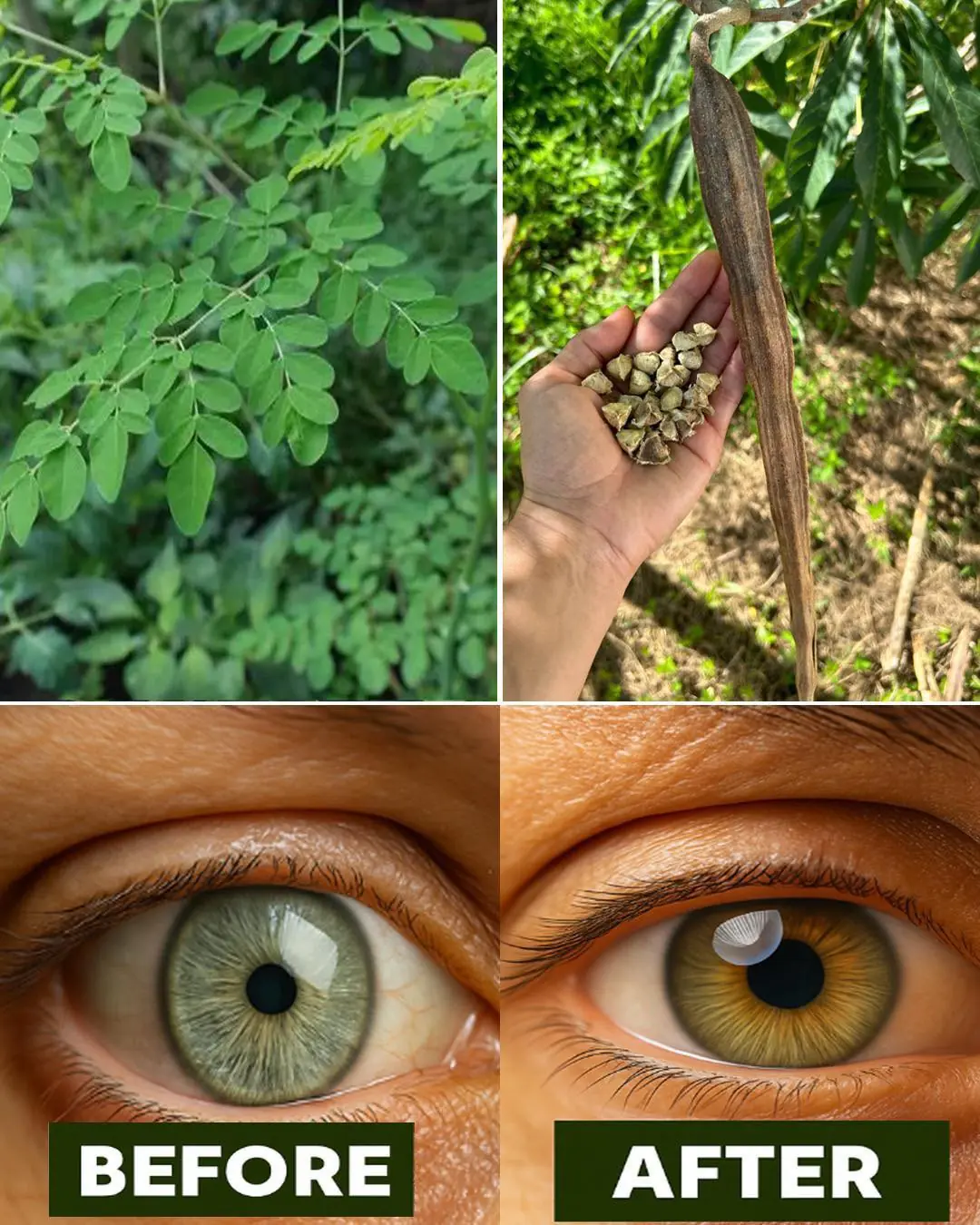
12 Powerful Benefits of Moringa Seeds

25 Incredible Health Benefits of Goosegrass

Pineappleweed (Matricaria discoidea) – Nature’s Calming Herb with Surprising Benefits

Grow potatoes in containers at home with just one potato

A Heartwarming Story of Hope: Surrendered Dog in Christmas Sweater Awaits a Loving Home

The Power of Chanca Piedra: 10 Benefits and Uses
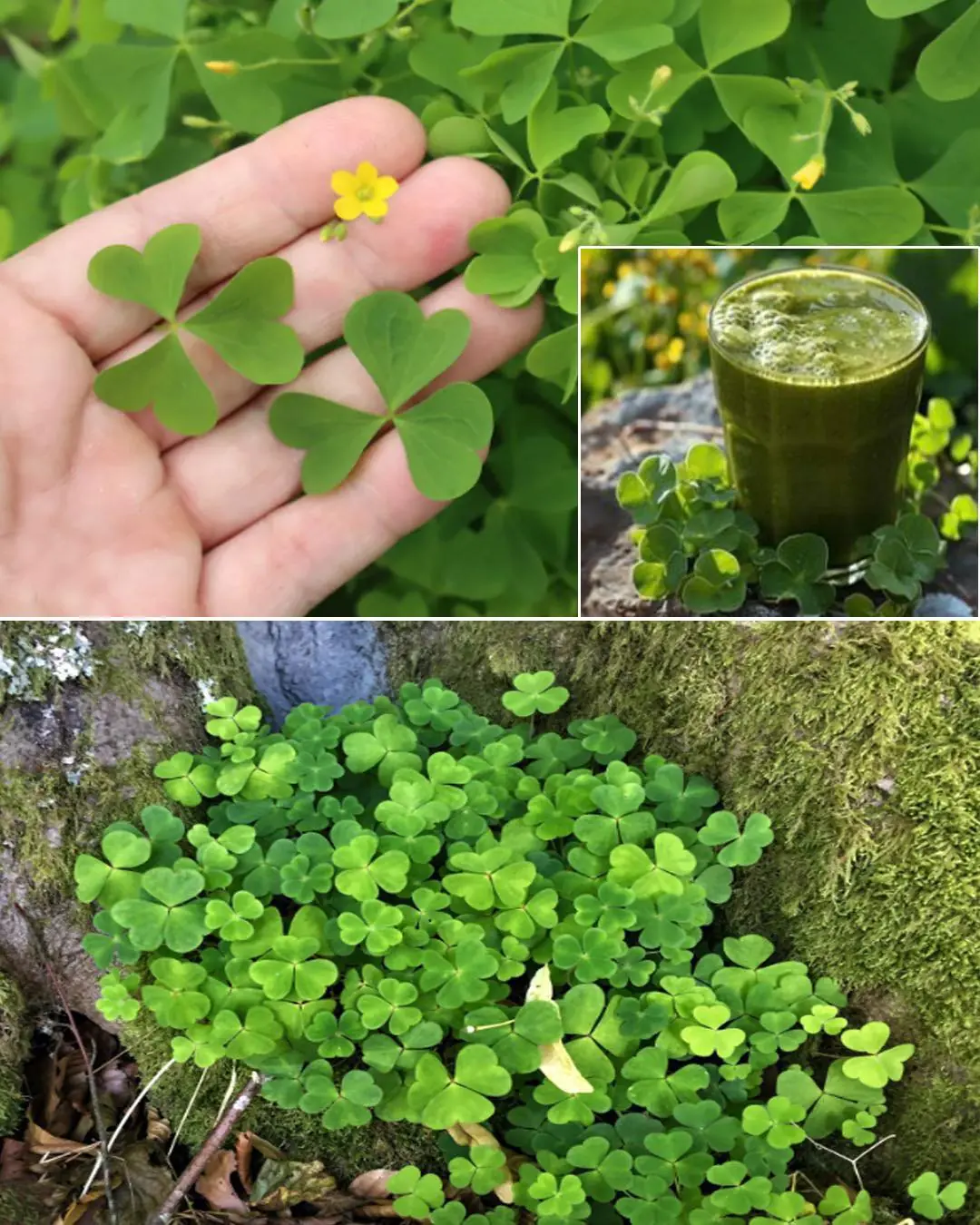
Wood Sorrel Benefits and Uses

Forever Our Indy: A Tribute to a True Best Friend
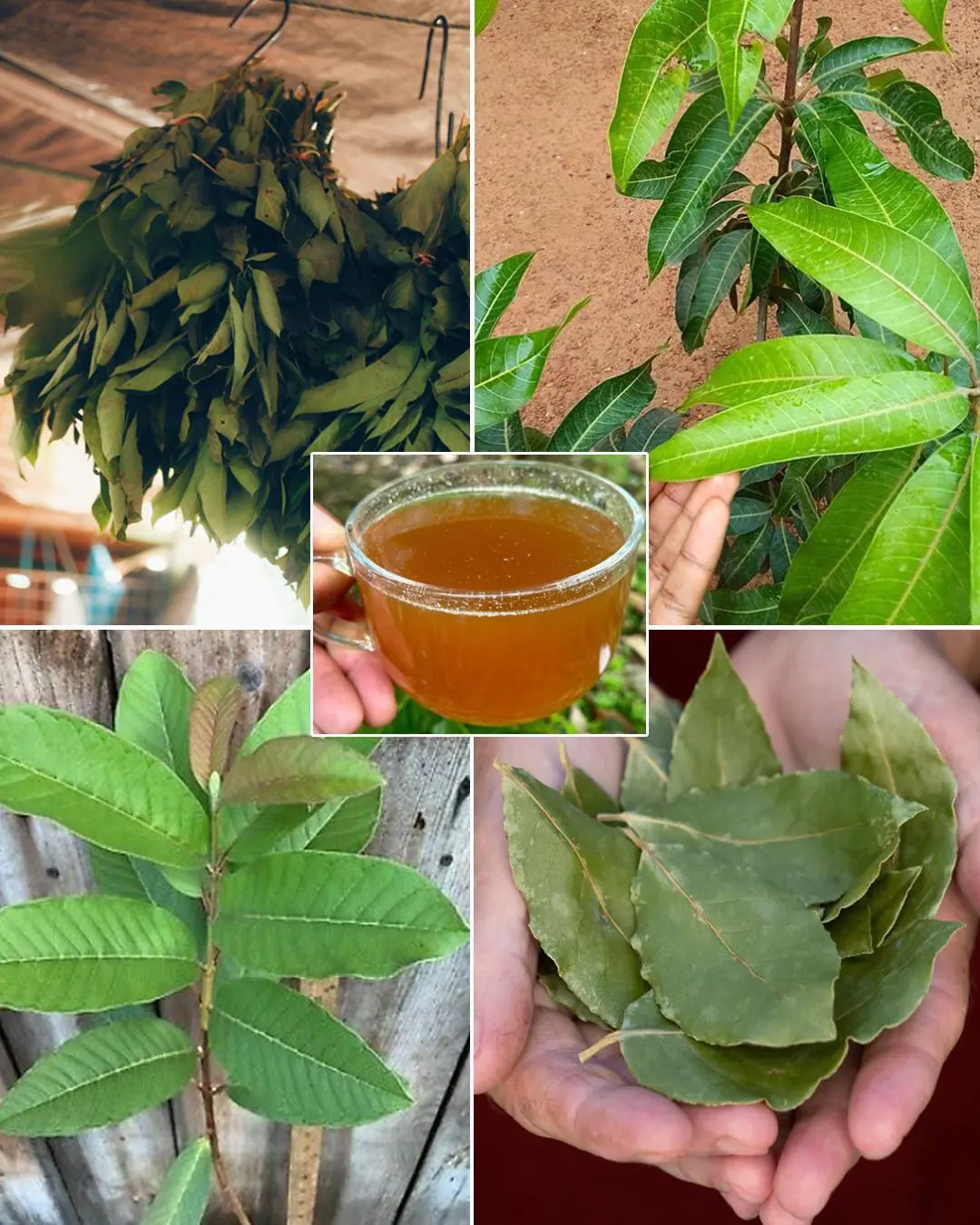
The four medicinal leaves: Avocado leaves, mango leaves, bay leaves, and guava leaves

People Spotted a Dog Collapsed on a Sidewalk — Then Realized She Was Still Alive

This Senior Dog Can’t Climb the Stairs Anymore — So Dad Sleeps on the Sofa with Him Every Night

A Final Goodbye: Mario’s Last Moment with the Giraffes He Loved

Shy Golden Retriever Saved From Euthanasia at the Last Moment
The Dog Who Beat Cancer: A Reunion That Moved the World.

The Lion Who Lost His Mane, and the Tiger Who Won His Heart.

Her Heart Belongs to Daddy: A Daughter’s Memory of Danny Kaye.

A Father Chosen by Love
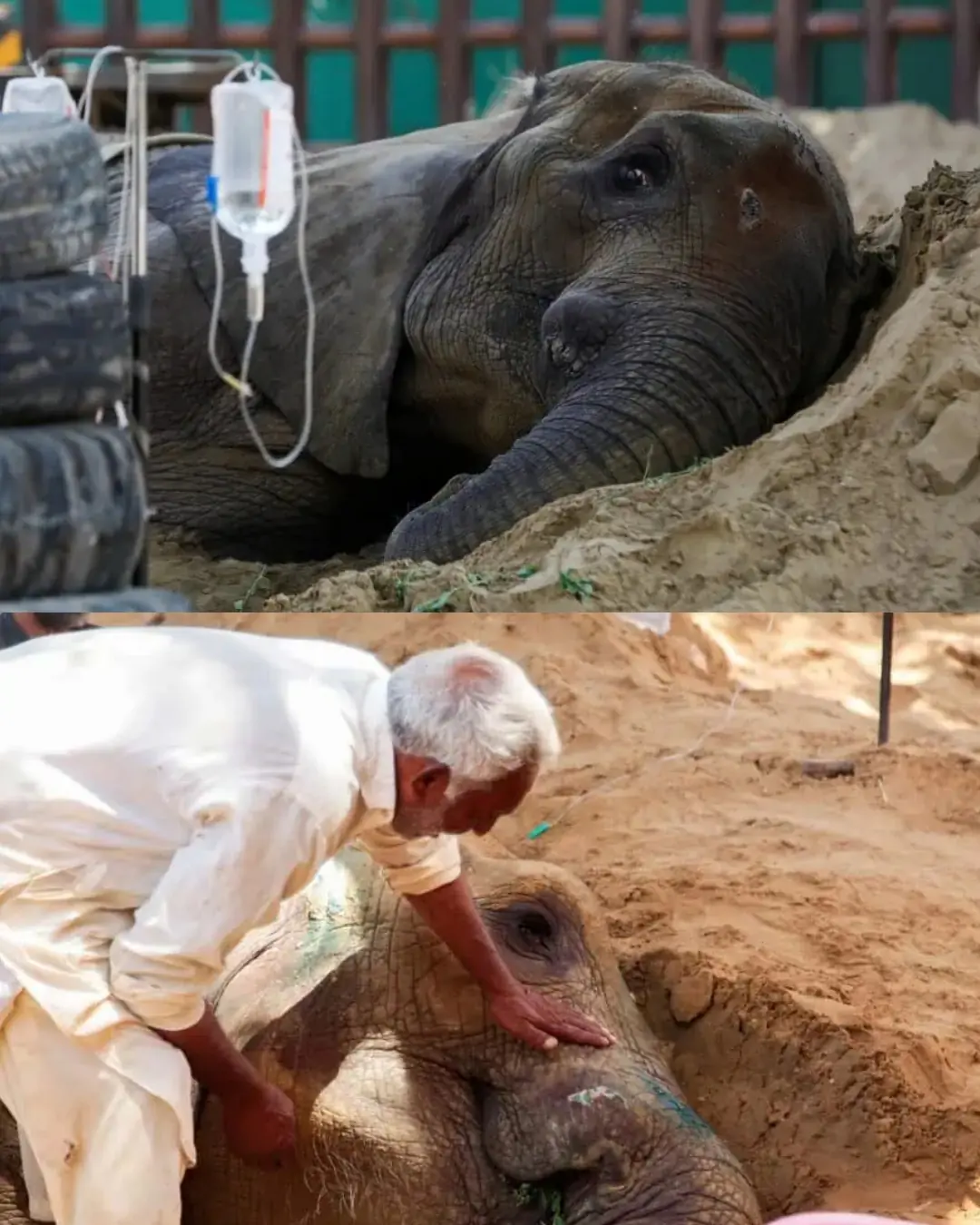
Goodbye, Noor Jehan: The Elephant Who Made a Nation Weep.
